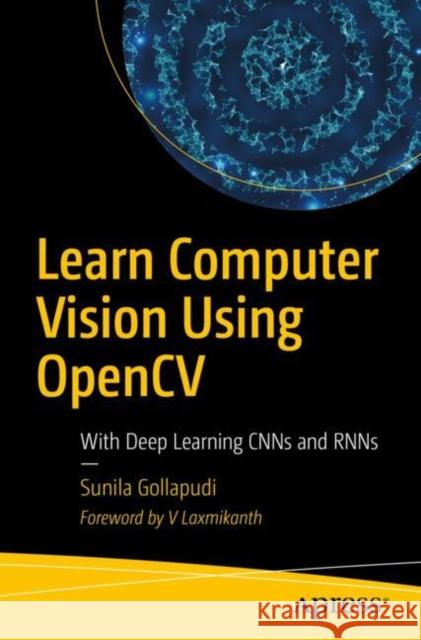Learn Computer Vision Using Opencv: With Deep Learning Cnns and Rnns » książka
topmenu
Learn Computer Vision Using Opencv: With Deep Learning Cnns and Rnns
ISBN-13: 9781484242605 / Angielski / Miękka / 2019 / 151 str.
Learn Computer Vision Using Opencv: With Deep Learning Cnns and Rnns
ISBN-13: 9781484242605 / Angielski / Miękka / 2019 / 151 str.
cena 209,01
(netto: 199,06 VAT: 5%)
Najniższa cena z 30 dni: 208,44
(netto: 199,06 VAT: 5%)
Najniższa cena z 30 dni: 208,44
Termin realizacji zamówienia:
ok. 16-18 dni roboczych
Bez gwarancji dostawy przed świętami
ok. 16-18 dni roboczych
Bez gwarancji dostawy przed świętami
Darmowa dostawa!
Kategorie:
Kategorie BISAC:
Wydawca:
Apress
Język:
Angielski
ISBN-13:
9781484242605
Rok wydania:
2019
Ilość stron:
151
Waga:
0.25 kg
Wymiary:
23.39 x 15.6 x 0.94
Oprawa:
Miękka
Wolumenów:
01
Dodatkowe informacje:
Wydanie ilustrowane











